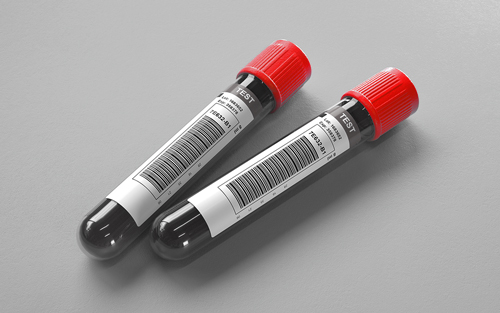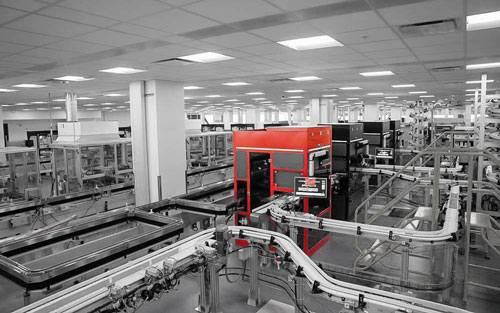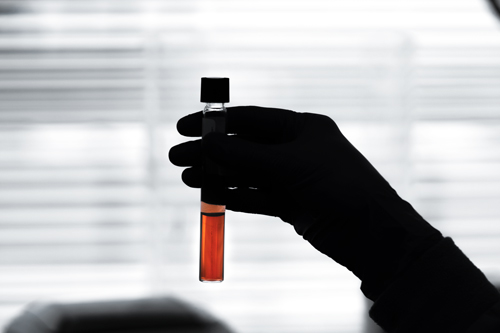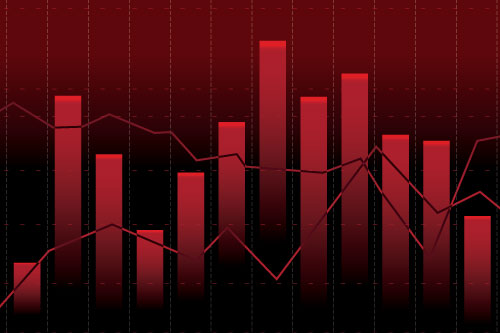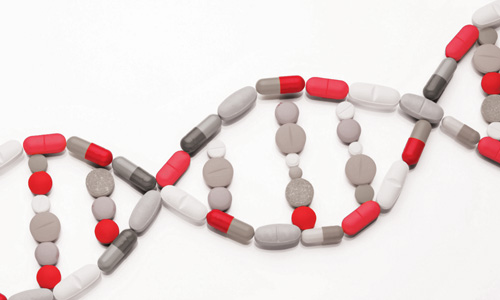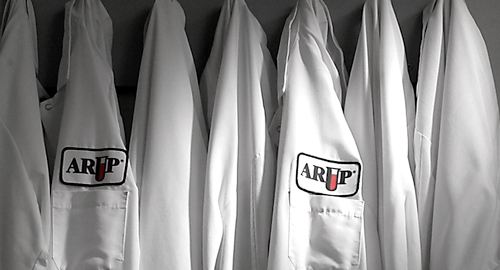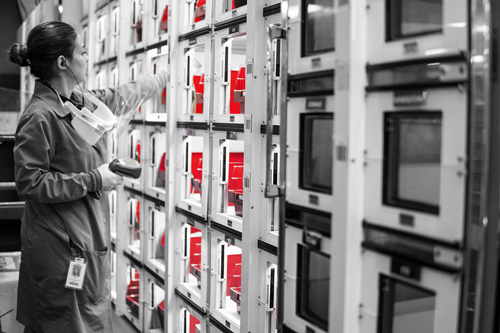Paroxysmal Nocturnal Hemoglobinuria, High Sensitivity, RBC
Ordering Recommendation
Use to monitor subclinical paroxysmal nocturnal hemoglobinuria and eculizumab treatment. Preferred initial diagnostic test is Paroxysmal Nocturnal Hemoglobinuria (PNH), High Sensitivity, RBC and WBC (2005006).
New York DOH Approval Status
Specimen Required
New York State Clients: Testing is only approved for the Paroxysmal Nocturnal Hemoglobinuria (PNH), High Sensitivity, RBC and WBC (ARUP test code 2005006) on whole blood specimens.
Lavender (EDTA), pink (K2EDTA), or green (sodium or lithium heparin).
Transport 4 mL whole blood. (Min: 0.5 mL)
Refrigerated.
Clotted or hemolyzed specimens.
New York State Clients: Testing is only approved for the Paroxysmal Nocturnal Hemoglobinuria (PNH), High Sensitivity, RBC and WBC (ARUP test code 2005006) on whole blood specimens.
Ambient: 4 days; Refrigerated: 4 days; Frozen: Unacceptable
Methodology
Quantitative Flow Cytometry
Performed
Sun-Sat
Reported
1-3 days
Reference Interval
By report
Interpretive Data
This high-sensitivity RBC assay tests for CD59 expression on erythrocytes using flow cytometry. It was developed according to published guidelines (Cytometry B Clin. Cytom. 2010; 78:211) and as updated in 2018 (Cytometry B Clin. Cytom. 2018; 94B:49). The lower limit of quantification is 0.02 percent for PNH RBCs (based on 250,000 cells analyzed). The lower limit of detection for PNH RBCs is 0.008 percent.
RBC analysis quantifies Type II and Type III RBC clones when the percentage of PNH RBCs is greater than 1 percent. Glycophorin A (CD235a) is used to gate the RBC population, and CD59 is the GPI-linked antigen. Recent RBC transfusions may decrease the percentage of PNH cells measured in RBCs (Cytometry 2000; 42:223). The presence of a subclinical PNH population in myelodysplastic bone marrow disorders, such as aplastic anemia or refractory anemia, may correlate with a positive immunotherapeutic response (Blood 2006; 107, 1308-1314).
For the most accurate measurement of the PNH clone size, order Paroxysmal Nocturnal Hemoglobinuria, High Sensitivity, WBC (ARUP test code 2005003) to assist with therapeutic decisions in conventional PNH.
For initial diagnosis of PNH and analysis of both RBCs and WBCs, order Paroxysmal Nocturnal Hemoglobinuria (PNH), High Sensitivity, RBC and WBC (ARUP test code 2005006).
Patient Retesting Recommendations: The frequency of testing is dictated by clinical and hematologic parameters. Repeat testing is indicated upon any significant change in clinical or laboratory parameters and is suggested at least annually for routine monitoring. In the setting of aplastic anemia, international guidelines recommend screening for PNH at diagnosis, and every 3 to 6 months initially, reducing the frequency of testing if the proportion of GPI-deficient cells has remained stable over an initial two-year period (Int J Lab Hematol 2019;41 Suppl 1:73-81).
Laboratory Developed Test (LDT)
Note
If >1% PNH RBCs are detected, then PNH RBC TYPE reflex will be added at no additional charge.
Hotline History
CPT Codes
86356 x2
Components
| Component Test Code* | Component Chart Name | LOINC |
|---|---|---|
| 2004367 | Total (II and III) CD59-deficient RBC | 33662-8 |
| 3005033 | RBC PNH Phenotype | 93479-4 |
Aliases
- CD59 and Glycophorin A
- Eculizumab treatment monitoring
- PI-Linked
